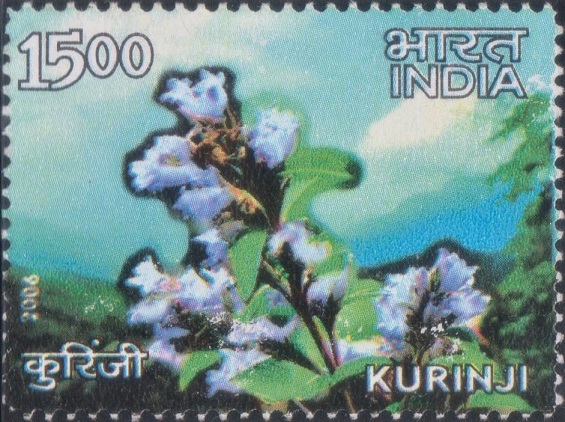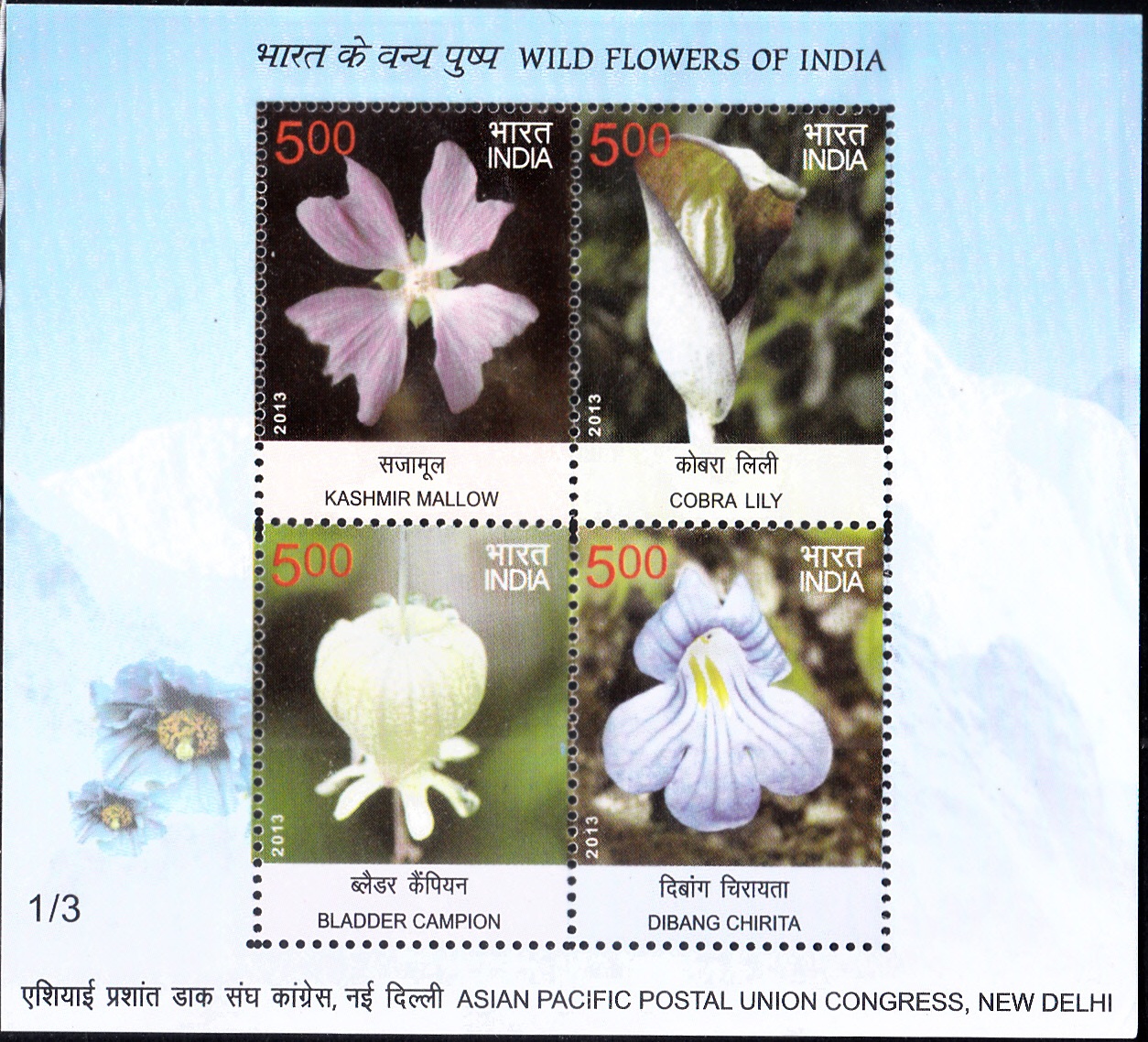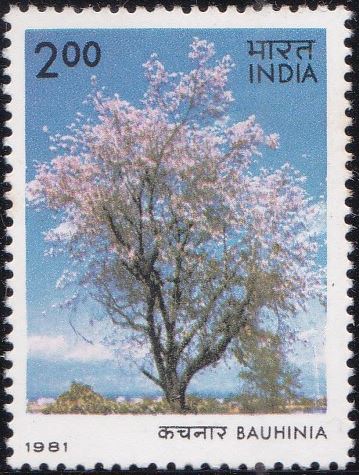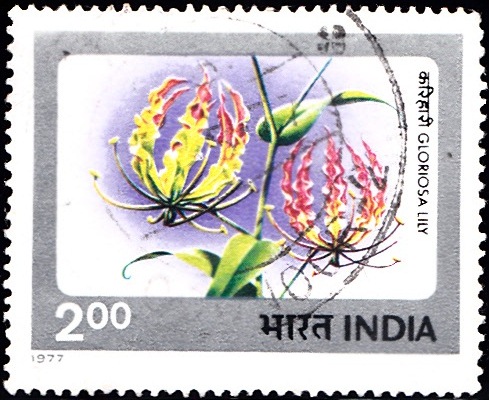
Kurinji
A commemorative postage stamp on the ‘Save Kurinji‘ Campaign’ :
 Issued by India
Issued by India
Issued on May 29, 2006
Type : Stamp, Mint Condition
Colour : Multi Colour
Denomination : 1500 Paise
Stamps Printed : 0.8 Million
Miniature Sheets : 0.1 Million
Printing Process : Photogravure
Printer : India Security Press, Nashik
About :
- Kurinji is the legendary blue and white flowers of the Western Ghats, is said to have given its name to Nilgiris (the blue hills around Ooty in Tamil Nadu and Wynad district in Kerala) and the plant itself is an indicator of the health of the ecosystem.
- Flowering in the wilder hilly areas of the Western Ghats, Sahyadri ranges and Kodaikanal mountains in high altitudes of about 1600 metres, the flower is exclusive to India and some species are known to flower once in twelve years.
- It is a gregarious shrub in the family of Acathancea, of the sub species of Strobilanthes group. The more important and famous among them is “Neela kurinji” or “Blue Flower”, “Strobilanthes kunthiranus“.
- The Kurinji plant occurs on the dry slopes and in gorges of the eastern side of the hills, where there is little or no tree forest. It is tall bushy shrub, sometimes eight to ten feet high, and is covered with a profusion of bright blue bell-like flowers. All of them have a periodicity from eight to 12 years. After blossoming, the plant wilts.
- The last blooming was recorded in 1994. Though it started blooming in December 2005, the flower in its gorgeous full bloom can be seen in 2006. The occasion of blooming attracts tourists from all over the world.
- It is said that in and around Munnar, the tribals, a majority of them Muduvas, calculate their age with the flowering kurinji. It is also believed that it has medicinal properties and is recognized in the Ayurveda system.
- Systematic record of its blooming has been kept since 1838 although Kurinji flower was first mentioned in the Tamil Sangam classics of 3-5 A.D., such as Akananuru, Purananuru and Madurai Kanchi. The plant is referred as “Karungal Kurinji“, meaning the black-stemmed flower. When Kurinji is in bloom, the honey gathered from the vicinity is said to be of special values.
Subscribe
Login
0 Comments
Oldest






